Race Report: The Mountain-to-Sea Trail 50k
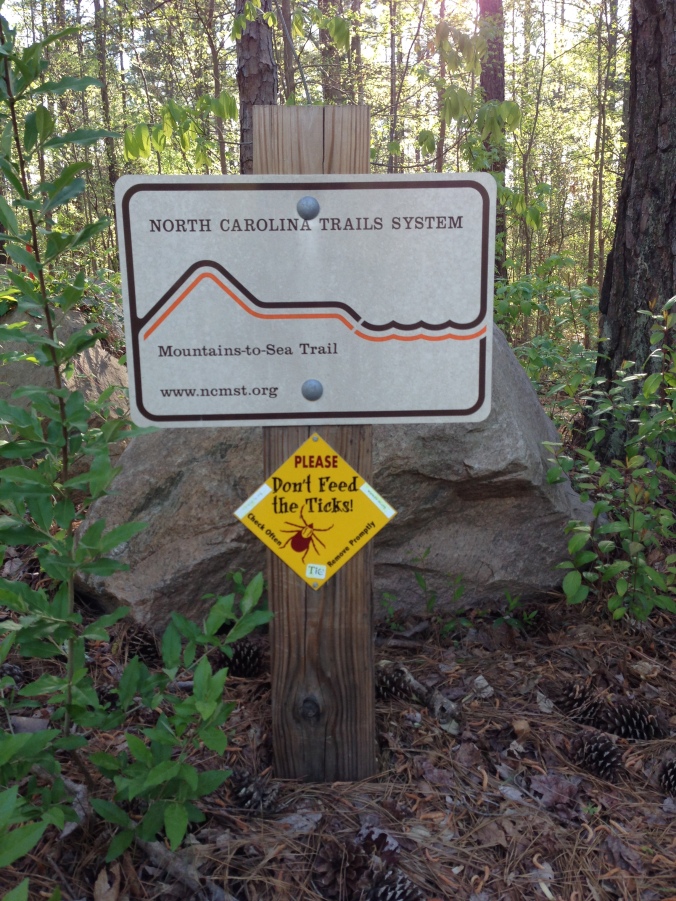
This race will go down as my worst race so far because of the choices I made leading up to it. First, I picked up some sort of bug that knocked me down for a few days and left me with a persistent cough making it challenging to breath while running. This caused me to barely do any running for the three weeks prior to race day. Second, I attended the Beer and Bacon Festival the day before the race. While I promised myself I would practice moderation going into the event, the reality of a festival filled with great tasting beverages and bacon proved to be a mighty temptress. Lastly, I decided to attend a festival after-party, which led to more drinking and getting very little sleep before the race. So yeah, I stacked the deck against myself on this one.
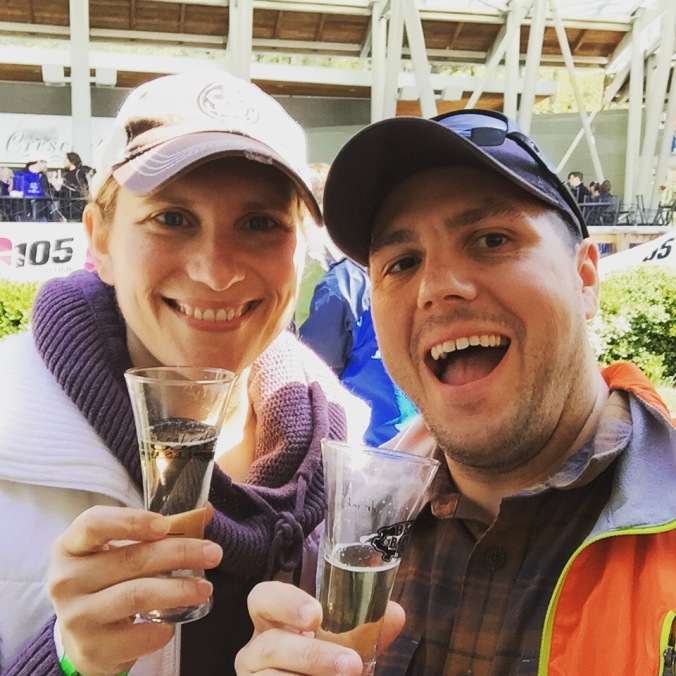
Here I am making bad pre-race choices.
The Mountain-to-Sea Trail (MST) 50k is an out and back race that follows the MST along Falls Lake from Blue Jay Point Park to Falls Lake Dam. The course varies from nice pine straw laden smooth sections to a series of rock and root covered climbs and descents. The course is not particularly technical but has a few challenging sections. It is a great course for first timer ultra runners.
The morning started with a much-deserved hangover headache. I switched between pounding water and coffee trying to shake the previous day off. Just before leaving the house around 5:15 a.m., my stomach decided to riot. I chalked it up to nerves and figured it would settle once I got going. My wife, Silvia, and I headed out driving through the early morning to Blue Jay Point. As if my iPhone knew what I needed most it played “F*** Those Who Go Untried” by Small Town Riot. This song became a bit of a mantra for me during the race.
We got there with plenty of time to check in and visit the bathroom one last time before the race. I started to feel better as my adrenaline kicked in but I had not prepared for the morning temperatures. It was 32-degrees (F) at the starting line and I had only really thought through my plan at the daytime high of 56-degrees. I was clad only in a light long sleeve shirt and a kilt. Oh yeah, I decided to try running in a kilt.
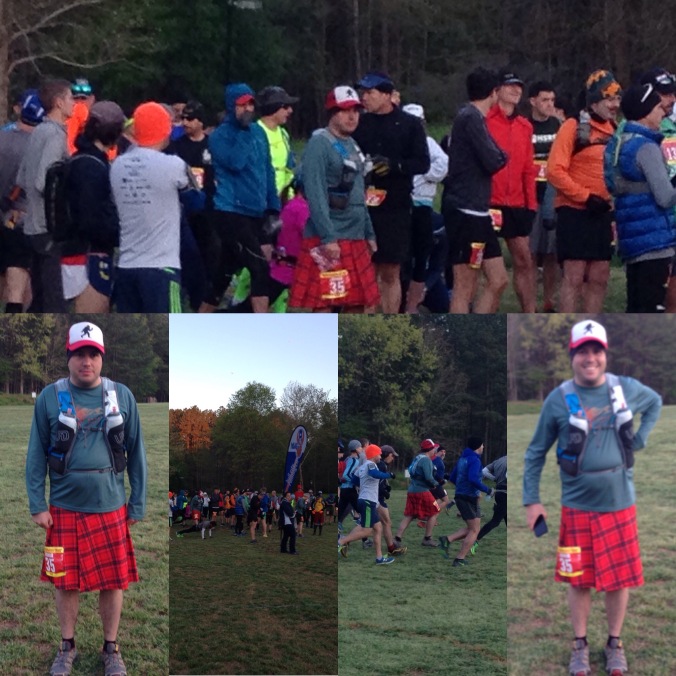
For my birthday, my wife got me a JWalking Designs Running Kilt. They say that you should not try anything new on race day, but with only one 6-mile run of experience, I decided to go all in with the kilt. The kilt is made of lightweight, moisture-wicking material that makes it barely noticeable. As I ran the material flowed around me allowing air to circulate and kept the material fairly dry. Since it was not a hot or humid day I don’t know if this is a common benefit of the kilt over shorts that tend to stay soaking wet. For a more in-depth review, I suggest you check out Trail and Ultra Running’s review.
The race began with the ringing of a cowbell and we were off. I started out trying to take it easy knowing I was not in good shape. The key to finishing this race was going to be pacing. I fell in with two guys whose pace was less aggressive than I typically would run in the beginning of a race. This allowed me to conserve energy for later in the race.
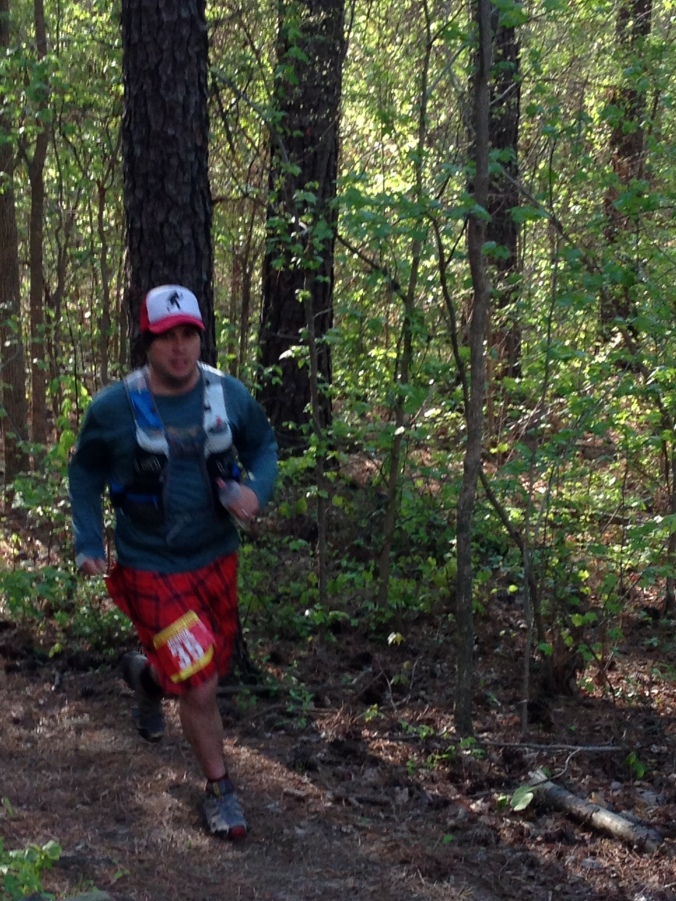
The guys were great to talk to. This was their first ultra so we chatted about strategy and then shoes (I’ve previously found this is the number one icebreaker for runners). We hung together till the 6-mile aid station. I stopped to refill one of my bottles and to get some Tylenol from my wife. I was already experiencing pain, which was not a good sign. I took off pushing forward towards the turnaround.
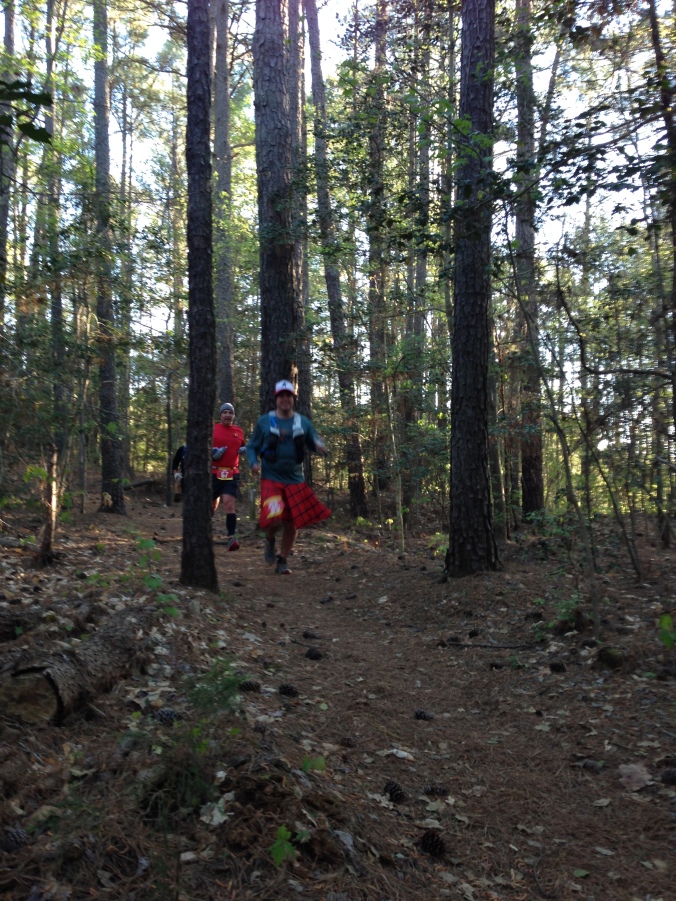
I seemed to be doing okay but I was hesitant to take in any calories because of my morning stomach issue. Finally, I broke down and ate a Clif Bar. Clif Bars are usually my go to for a pick-me-up during a race. While I did not pay attention to how old it may have been, I did notice that it was misshapen and the oil had separated out of it. This may have been the cause of distress later on.
My strategy for an ultra is to break it up into chunks. I had not spent a lot of time planning for this race so for me it was all about the turn around point. As I have run this section of the trail several times, I was fairly familiar with the terrain and found that it was all blurring together. I do not know if this helped me or not. One thing I did improve on from past races was that I spent less time at the aid stations. I did hit my target time of reaching the turnaround between two-and-a-half and three hours.
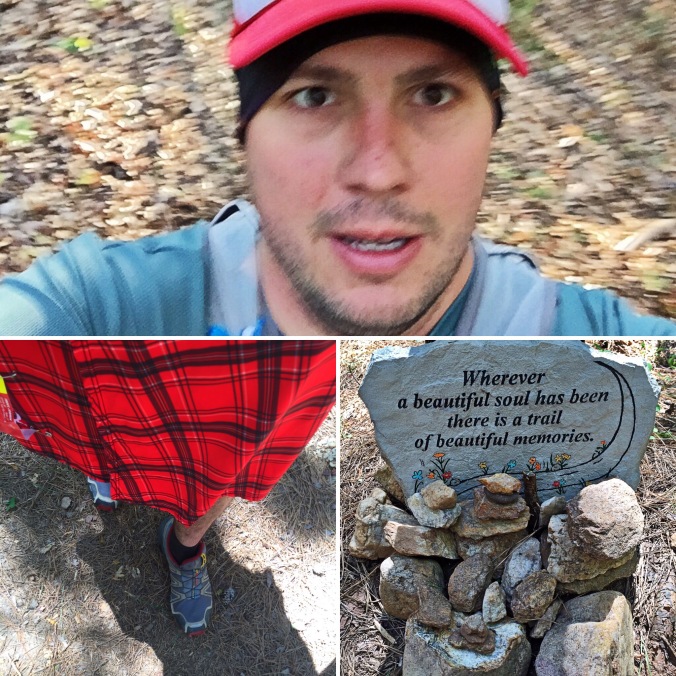
After the turnaround, I found that my condition had begun to deteriorate. I was suddenly struck with my stomach issues again. This caused me to have to quickly locate a fairly isolated section of the woods to deal with my issue. Once dealt with, I felt fairly good to go but I was getting stiff.
I have to attribute my stiffness to dehydration caused by both carousing the day before and the three-week hiatus from running. This became demoralizing, as I would run for what I felt was a decent bit only to check my Garmin watch and find that I covered less than a 10th of a mile. Still I pushed on.
One of the best parts of the return had to be passing the people still on the first half of the 50k or running the 12-miler option. As they would notice my kilt, often their faces would light up and they’d say things like “nice kilt.” It helped me, and hopefully, them, to momentarily forget exhaustion and soreness.
It was not until the last 9-miles that I would say things came together for me. While I was not moving as well as I did the first 6-miles, I was feeling better and more motivated. I picked a guy out and overtook him, then worked as hard as I could to stay just ahead of him. This meant that I forced myself to run some hills instead of walking them. Then another runner came up and was catching up to me. He had a great downhill kick but was walking anything that had a slight incline.
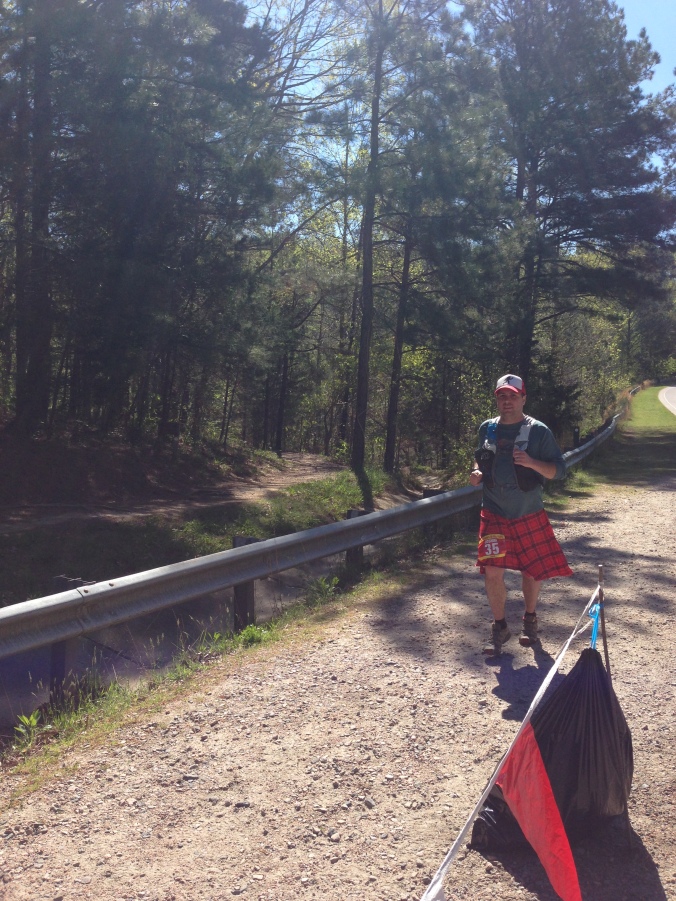
This strategy activated the competitiveness in me and now I had people that I wanted to beat. I would push the downhills and shuffle up the up hills. I worried that I would exhaust myself and not have enough in the end for a final kick. This other runner’s kick was strong and would often close the gap till a hill, so I had to keep pushing on.
The final bit of the trail played with my emotions as it first led up towards the finish line before turning back downhill away from the end. As I saw the exit of the woods and heard the crowd, I pushed even harder to make it look more like normal running as I appeared from the forest. I crossed the finish line completing the race.
As usual, Bull City Running put on an excellent event. The volunteers were all amazing also. After all those hours sitting along busy roads, they remained motivated and gave encouragement. So thank you to anyone who was involved in the race!
I want to thank my wife Silvia for her love and support through this event. After my friend Terry was unable to run the race, she came out to be my supporter. She was at most of the aid stations cheering me on and taking pictures and video. With how rough I was feeling at the start, it really helped that she was there to help me push through.
Also a shout out to all my friends from Raleigh Trail Runners who cheered me on when I passed as they waited for the 12-miler to start. Thank you to Carla (who was the 2nd place women’s finisher), Scott, Kelly, Pete, and Alana (I’m sorry if I missed anyone)–it was an awesome feeling to cross that road as a bunch of people cheered your name.
Thank you for reading. Please leave your questions and comments below.
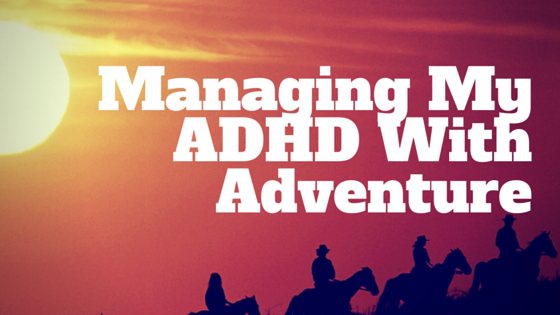
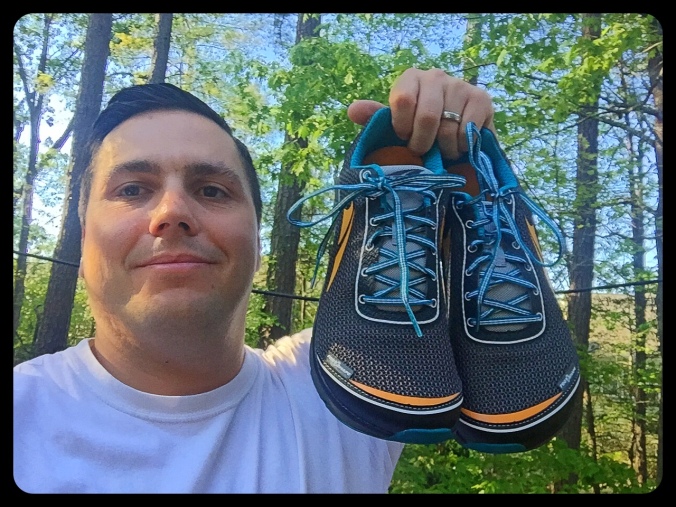

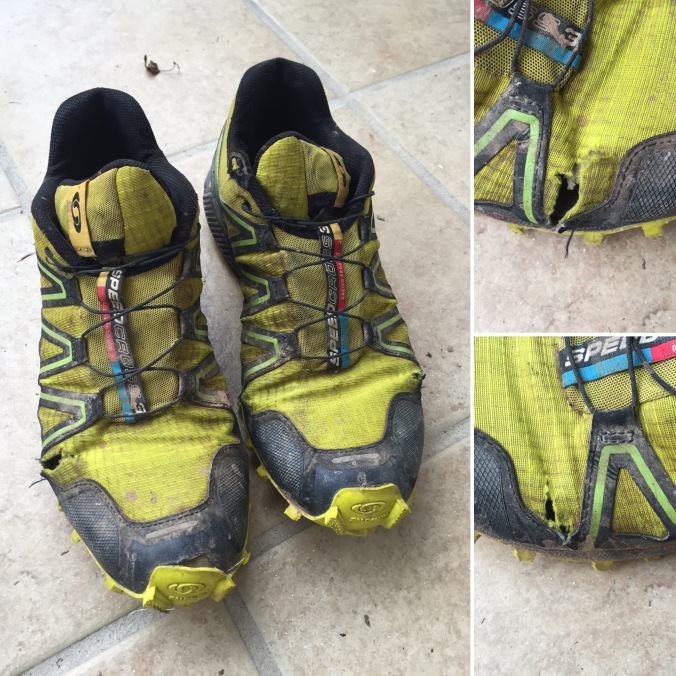
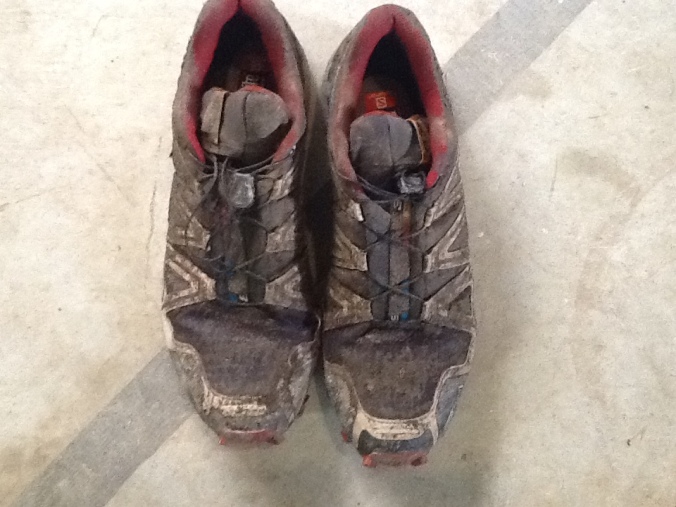
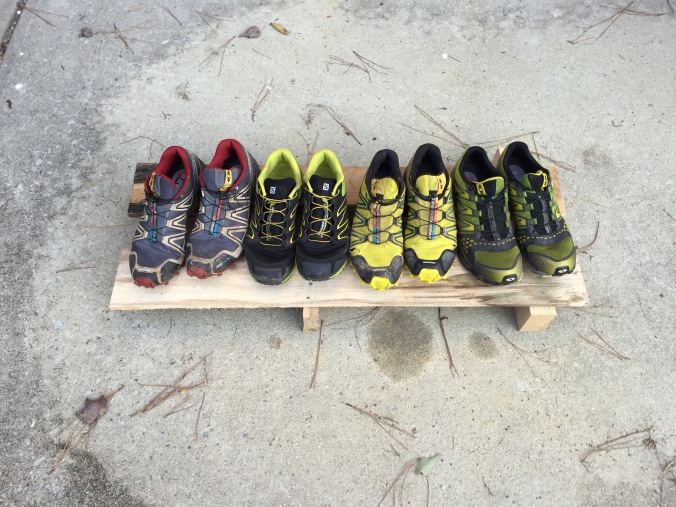







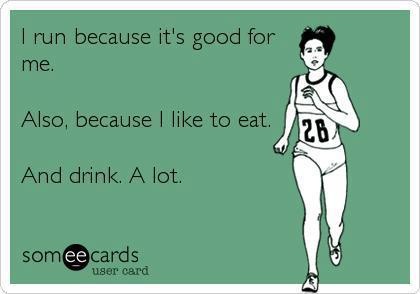
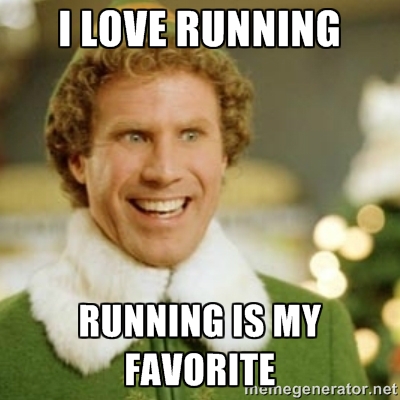
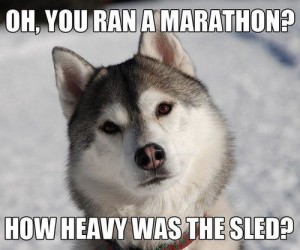


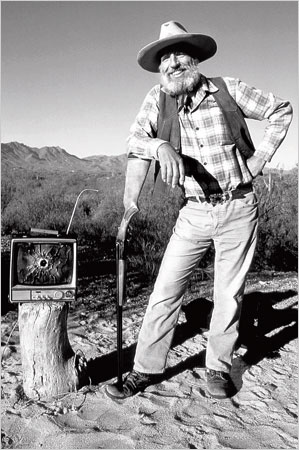

Recent Comments